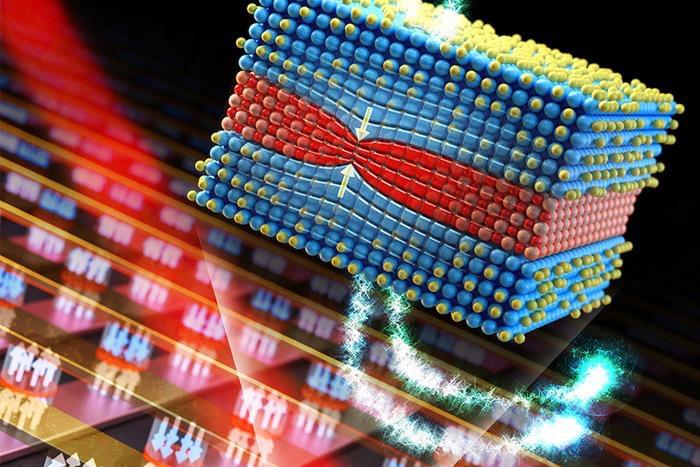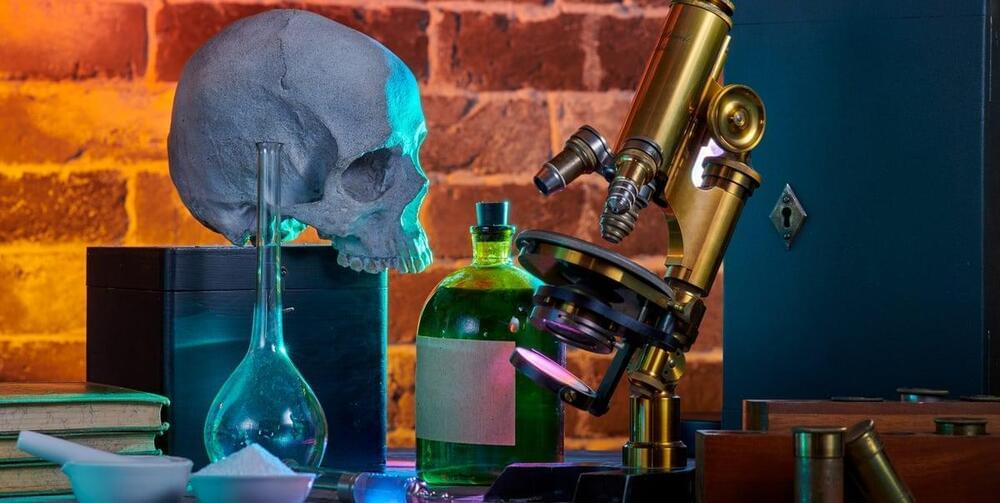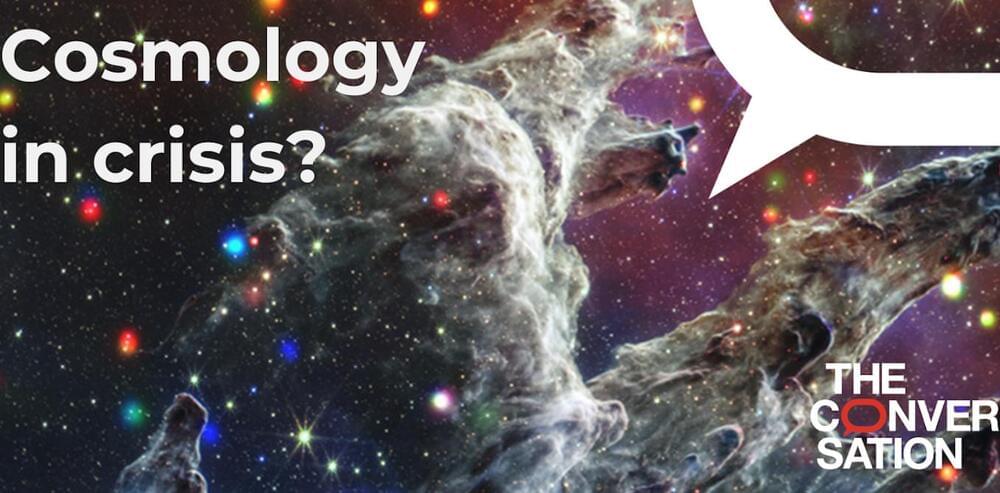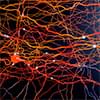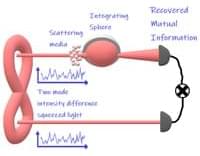Nicholas Agar has recently argued that it would be irrational for future human beings to choose to radically enhance themselves by uploading their minds onto computers. Utilizing Searle’s argument that machines cannot think, he claims that uploading might entail death. He grants that Searle’s argument is controversial, but he claims, so long as there is a non-zero probability that uploading entails death, uploading is irrational. I argue that Agar’s argument, like Pascal’s wager on which it is modelled, fails, because the principle that we (or future agents) ought to avoid actions that might entail death is not action guiding. Too many actions fall under its scope for the principle to be plausible. I also argue that the probability that uploading entails death is likely to be lower than Agar recognizes.

